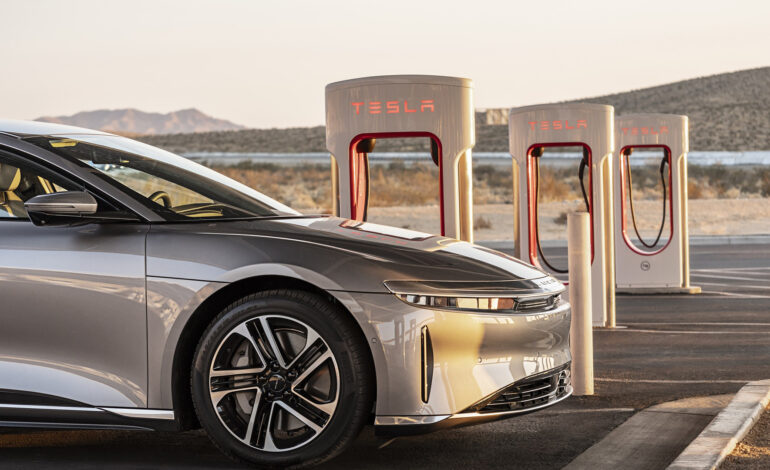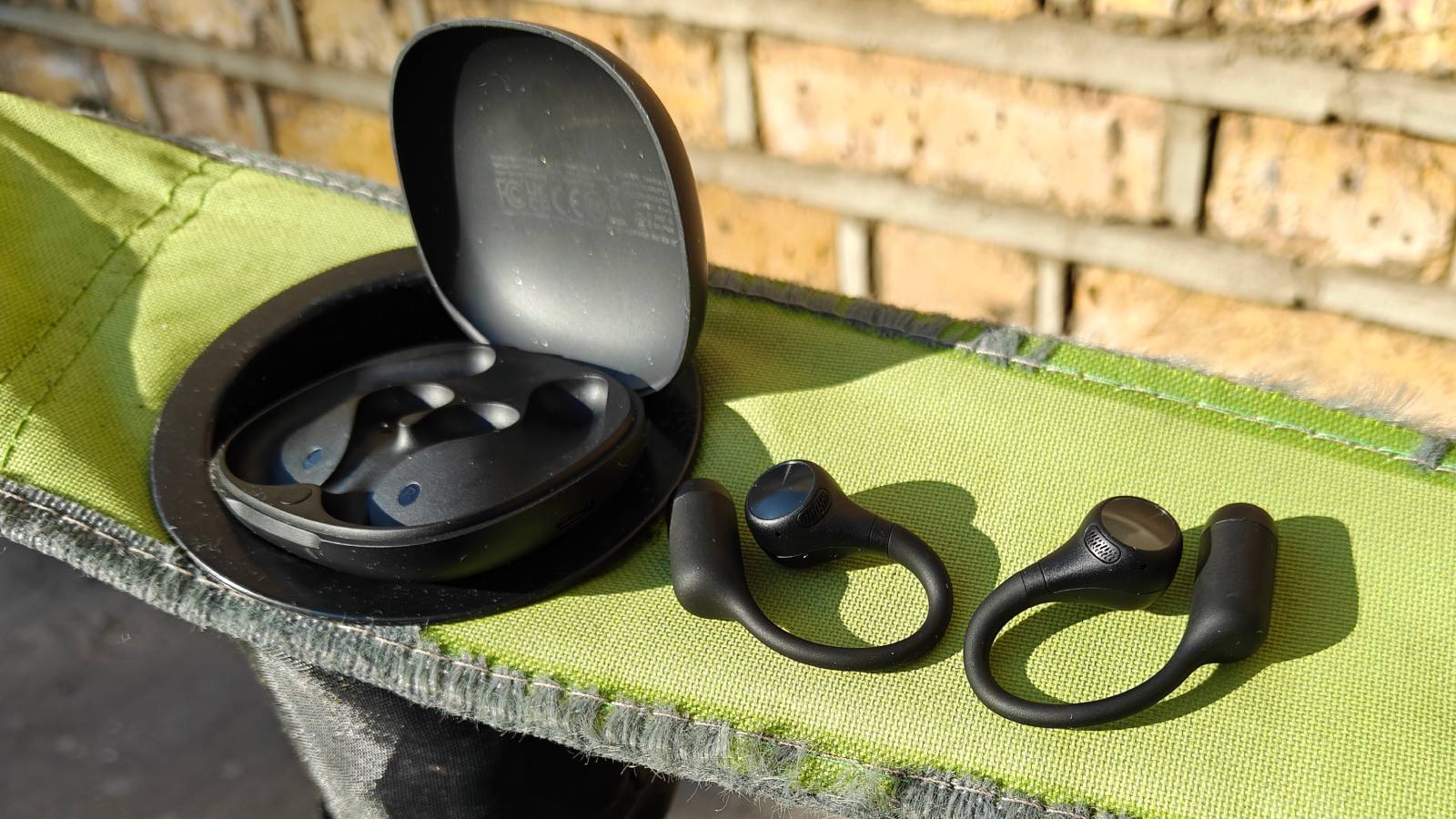Lucid Air EVs Gain Tesla Supercharger Access with Caveats

Lucid Motors has announced that owners of its Air electric vehicles (EVs) can now access Tesla’s extensive Supercharger network, but there are important limitations. The company will provide a DC NACS-to-CCS1 adapter for older Air models, enabling them to charge at Tesla’s Superchargers. The adapter, priced at $220 excluding taxes, will facilitate charging at any V3 Supercharger and above, with payments processed through the Lucid App.
This adapter offers a solution for Lucid Air owners looking to utilize Tesla’s charging infrastructure, which consists of over 70,000 Superchargers worldwide, including nearly 40,000 in the United States. However, the adaptation comes with a significant drawback. Due to the advanced 924V electrical architecture of the Lucid Air, which typically supports charging speeds of 300 kW or higher, using the adapter will limit charging speeds to just 50 kW when connected to Tesla’s 400V outlets.
This limitation may hinder the potential benefits for users, as charging at 50 kW is considerably slower compared to the capabilities of the vehicle. According to Lucid, this setup allows drivers to gain up to 200 miles of range per hour of charging, providing “additional peace of mind while on the road.” Nevertheless, the relatively low charging speed raises concerns about the adapter’s long-term value for EV owners.
Challenges in the EV Charging Infrastructure
The introduction of this adapter highlights broader challenges facing new EV manufacturers, particularly regarding the existing charging infrastructure. Many of the current charging networks were built for 400V systems, which can create compatibility issues for newer models utilizing higher voltage technologies.
Manufacturers like Porsche have addressed this issue by designing vehicles that can efficiently split their battery packs, allowing for compatibility with older charging stations. Similarly, Mercedes-Benz has faced criticism for its upcoming 800V CLA model, which will not support 400V charging outlets. The company stated that an adapter will be available for 2026 models to address this concern, ensuring that owners can still connect to legacy charging infrastructure.
The situation underscores a significant gap in the global EV charging network, which struggles to keep pace with rapid advancements in EV technology. Even Tesla, a pioneer in the EV market, has faced challenges in rolling out its next-generation 500 kW V4 Supercharger network.
Lucid’s Future Prospects
Despite the challenges posed by the charging infrastructure, Lucid continues to innovate. The upcoming 2026 Air Touring model is set to receive a 6% increase in range, boosting its EPA-estimated range to 431 miles, while other models in the lineup can achieve an impressive 512 miles on a single charge.
Lucid is also making headlines for recently breaking the world record for the longest EV journey on a single charge, demonstrating the capabilities of its vehicles. As Lucid positions itself in a competitive market, the introduction of the charging adapter appears to be a strategic move, even if it may not provide the fastest solutions for all users.
As the EV landscape evolves, manufacturers will need to adapt not only their vehicles but also their infrastructure strategies to meet consumer demands for faster and more efficient charging solutions.






